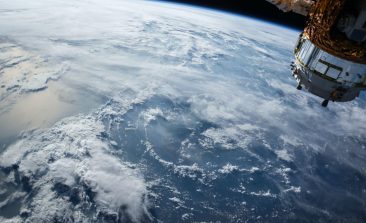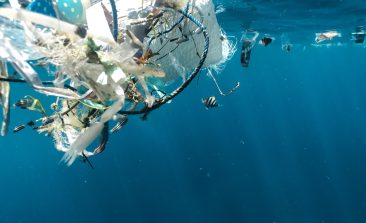“Agriculture Can Do So Much More Than Produce Food”: We Interview Sonoko Bellingrath-Kimura
Agriculture primarily produces food, but can also help to protect the climate. We spoke to Prof. Dr Sonoko Bellingrath-Kimura about how digitalisation can assist.
We Investigate the Role Digitalisation Plays in Sustainable Agriculture
Climate change poses major challenges for agriculture. Here we ask about the importance of digitalisation in creating sustainable agriculture.
New Satellite Technology constellr Reduces Water Consumption in Agriculture
The constellr satellite system with infrared measuring instrument is intended to help make the irrigation of fields more sustainable.
GlobeWQ and Lake Victoria: How to Measure Water Quality by Satellite
Modern satellites can help us to monitor water quality in bodies of water. The world's second largest lake shows how this works.
Drinking Water: Is It Time to Tap Out Bottled Water?
Water, water everywhere... By now, we know full well that our obsession with bottled water is damaging the planet. But, is it damaging us, too?
Ghana’s Citizen Science Strategy to Track Plastic Pollution at Home and Abroad
Ghana's initiative to monitor and report marine plastic pollution using data generated by the public represents a milestone in citizen science.
Save Water: How to Reduce Your Water Footprint
Water is a finite resource, and you probably consume more than you think. Here are the basics you need to know for reducing your water footprint.
Taking Inspiration From Forests Could Increase Our City’s Resistance to Climate Change
Extreme weather conditions such as drought and heavy rain are becoming more frequent and are likely to increase even more in the future — but what is the best way to deal with them?
Tiny, Colourful Particles Offer Hope for Drought-Stricken Crops
Researchers at Cornell University have developed nanoscale sensors that help breeders select water-efficient crops, enhancing their resilience against droughts caused by climate change.








